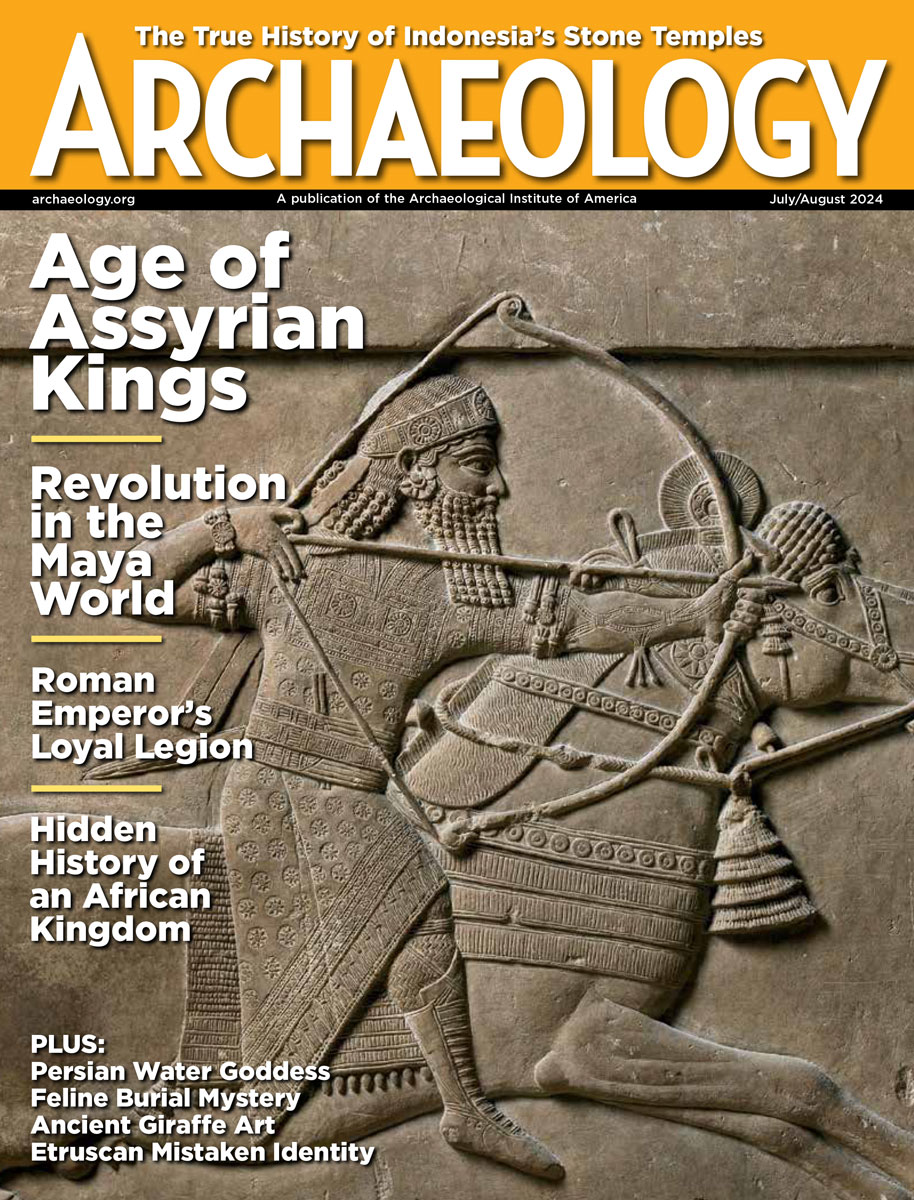Monday, November 10
November 10, 2008
A gold earring inlaid with pearls and emeralds was discovered during the excavation of a Byzantine building in Jerusalem. The Israel Antiquities Authority says the “astonishingly well-preserved” jewelry was crafted sometime between the first century B.C. and the beginning of the fourth century A.D.
Using 450-year-old transcripts of the Inquisition trials of Maya heretics, archaeologist Guillermo de Anda and his team think they have found a series of sacred caves linked to the Maya road to Xibalba, described in the Popol Vuh. “It was the place of fear, the place of cold, the place of danger, of the abyss,” he said. Â
Why did Maya society collapse? This article in USA Today recounts environmental archaeologist Kitty Emery’s study of food remains from garbage pits at Dos Pilas and Cancuen, and Lori Wright’s analysis of human bones found in the same areas. Â
Peru is reportedly planning to sue Yale University for thousands of Inca artifacts from Machu Picchu. The two parties have been unable to reach an agreement over how many of the objects excavated by Hiram Bingham in the early twentieth century should be repatriated.  The Yale Daily News also has an article on the possible lawsuit. Â
Here’s some more information on the discovery of fragments of a 62-foot-long “sleeping Buddha” statue at Bamiyan. “It was a happy moment for all of us when the first signs appeared. Our years-long efforts had somehow paid off,” said Afghan archaeologist Anwar Khan Fayez. Fayez and others on the team led by Zemaryalai Tarzi have been searching for a colossal reclining Buddha, mentioned in an account written by a seventh-century Chinese traveler. Â
Archaeologists have uncovered 8,000-year-old cremation urns at the site of the Marmaray Project in Istanbul. These are the first such urns to be found in Neolithic-era Anatolia. Â
Plans to rebuild the Temple of Artemis, one of the Seven Wonders of the Ancient World, have been announced by the Selçuk Artemis Culture, Arts, and Education Foundation, and the University of Vienna. Â
Divers have been looting documented artifacts from the Long Jetty and Bathers Bay sites in Western Australia. Â
Construction workers failed to follow the approved burial plan while building an oceanfront home over a Hawaiian cemetery on the island of Kauai. The project has been in the news, and the source of protests, vigils, and lawsuits. Â
Researchers from the University of Connecticut will look for battlefield sites from the Pequot War, which took place from 1636 to 1638 in southern New England. “The English wanted to eliminate the powerful Pequot,” said anthropologist Kevin McBride.
- Comments Off on Monday, November 10









